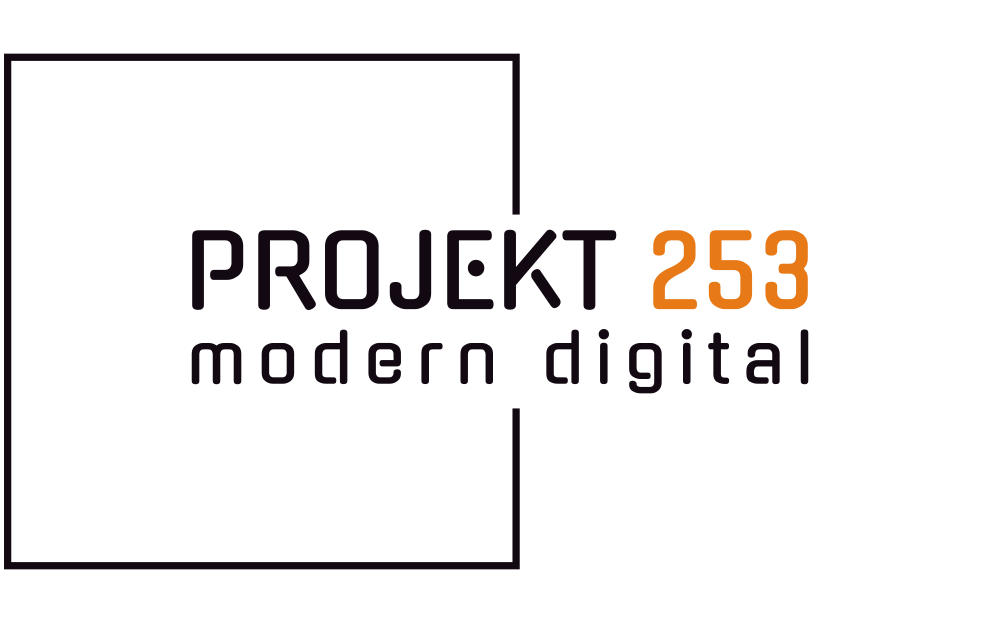Projekt 253 Blog
Navigating the Cosmos of Talent: Recruitment in the Emerging Space Industry

As the space industry experiences unprecedented growth and innovation, the demand for top-tier talent is reaching new heights. In this blog post, we explore the unique challenges and opportunities in recruitment within the newly emerging space sector. From rocket scientists to data analysts, the quest for talent in space-related endeavors is an exciting frontier that demands a strategic approach.
A New Frontier for Talent
The space industry's rapid expansion, fueled by private companies and international collaborations, has ushered in a wave of opportunities for professionals across diverse fields. From aerospace engineers and astrophysicists to project managers and software developers, the demand for specialized skills is propelling the space industry into a new era.
The Intersection of Innovation and Expertise
Recruiting for the space industry requires a delicate balance between innovation and expertise. As companies push the boundaries of space exploration, they seek individuals with a deep understanding of traditional aerospace principles alongside a passion for pushing the technological envelope. Finding candidates who thrive in this dynamic intersection is crucial for success.
Nurturing Interdisciplinary Collaboration
The space industry is inherently interdisciplinary, requiring collaboration between scientists, engineers, designers, and business professionals. Recruitment strategies must focus on identifying individuals who not only excel in their respective domains but also thrive in cross-functional teams. Cultivating a workforce that embraces diverse perspectives is key to overcoming the multifaceted challenges of space exploration.
The Rise of Commercial Space Ventures
The emergence of private space companies adds a unique dimension to recruitment efforts. These companies often operate with an entrepreneurial spirit, seeking individuals who can navigate ambiguity, adapt to rapid changes, and contribute to a culture of innovation. Recruiters in the space industry must be attuned to these nuances and identify candidates who align with the values and goals of commercial space ventures.
Addressing Skills Gaps Through Training and Development
As the space industry evolves, recruiters may encounter skills gaps in specific areas. Investing in training and development programs becomes essential to bridge these gaps and nurture a workforce that is not only adaptable but also equipped with the latest knowledge and skills required for space-related endeavors.
Recruitment in the emerging space industry is a thrilling odyssey that demands strategic foresight, adaptability, and a commitment to fostering interdisciplinary collaboration. As we embark on this cosmic journey of talent acquisition, it's clear that the space industry's success hinges on building teams that can reach for the stars and turn celestial dreams into reality. Whether you're a seasoned astronaut or a data scientist with a passion for the cosmos, the space industry welcomes you to explore the infinite possibilities that lie beyond our atmosphere. #SpaceIndustryRecruitment #TalentAcquisition #ExploringFrontiers
We'll help you find the best Tech talent
Let us assist with hiring so you can focus on running your business
All Rights Reserved | Projekt 253 LLC







